These Lonely Animals Were the Last of Their Kind
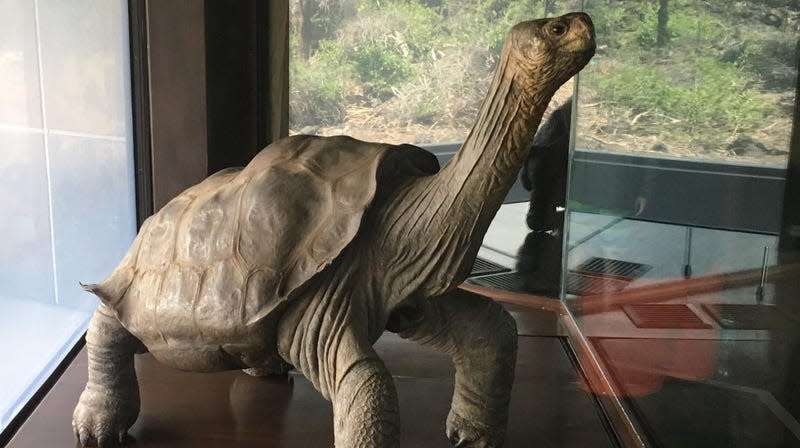
Extinction is an age-old song, one played so many times in Earth’s history that we regularly discover new species that died out in the ancient past. But only in the last century have humans generally been aware of the final member of a species, typically because the creature is held in captivity.
Scientists use the term “endling” to describe the last-known individual animal of a species. Here are a few of the most famous endlings so far... and here’s hoping we don’t need to update this list too often.
Read more
These Winning Close-Up Photos Show Life That's Often Overlooked
Remembering Enterprise: The Test Shuttle That Never Flew to Space
Toughie (tree frog)
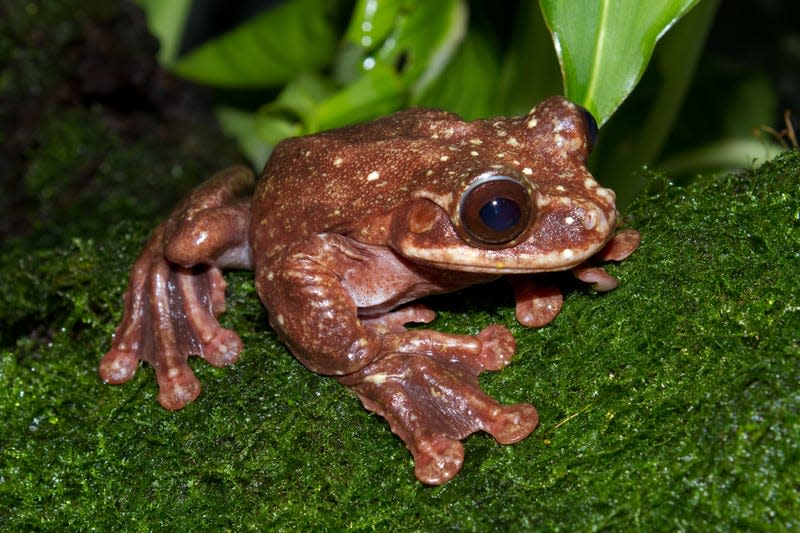
Toughie, the last known Rabbs’ fringe-limbed treefrog.
Meet the adorable, web-toed Rabbs’ fringe-limbed treefrog. Now say goodbye. Named Toughie, this individual died in captivity in 2016 at Atlanta Botanical Garden, having been taken from its home in Panama in 2005 to protect it from a deadly fungus.
Fern (Fernandina Island Tortoise)
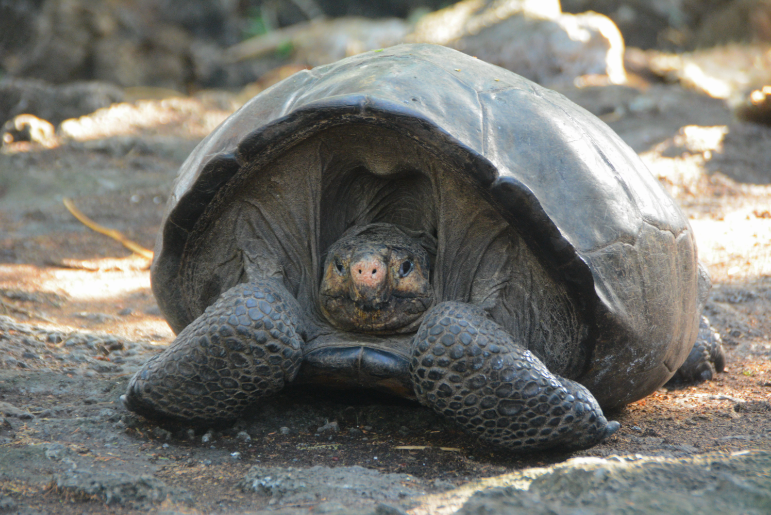
Fernanda, the only known living member of her species.
Fern is a unique case because she was only discovered in 2019; the Fernandina Island tortoise species was presumed extinct for over a century. Last spotted in the wild in 1906, the species was brought back to life (barely) thanks to Fern’s discovery, in a great moment for conservation. But she still is the only known member of her species, qualifying her for this list of endlings.
“Benjamin” (thylacine)
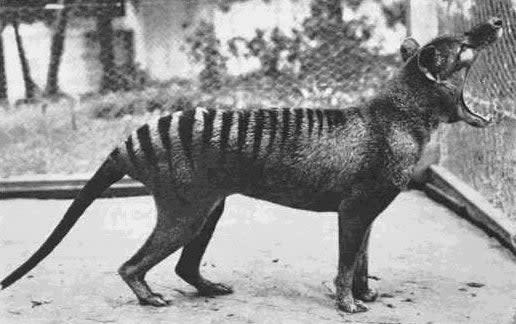
Don’t call the last thylacine Benjamin. Despite the folklore, recent evidence suggests the last thylacine (aka Tasmanian tiger) was female, and the Benjamin name was completely made up by a tale-telling fellow in the 1960s. But that aside, there’s plenty of footage of the last thylacine, which died in Hobart’s Beaumaris Zoo in 1936.
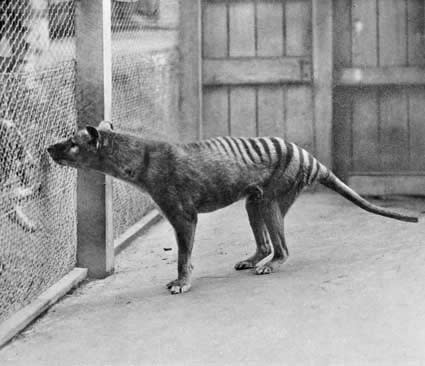
Thylacines likely survived in the wild for a while after that last known individual, but as the last known individual, the one that sadly died of exposure in the Hobart Zoo, is the endling.
And keep in mind, even if a thylacine proxy species is created... that’s not a true thylacine.
Martha (passenger pigeon)
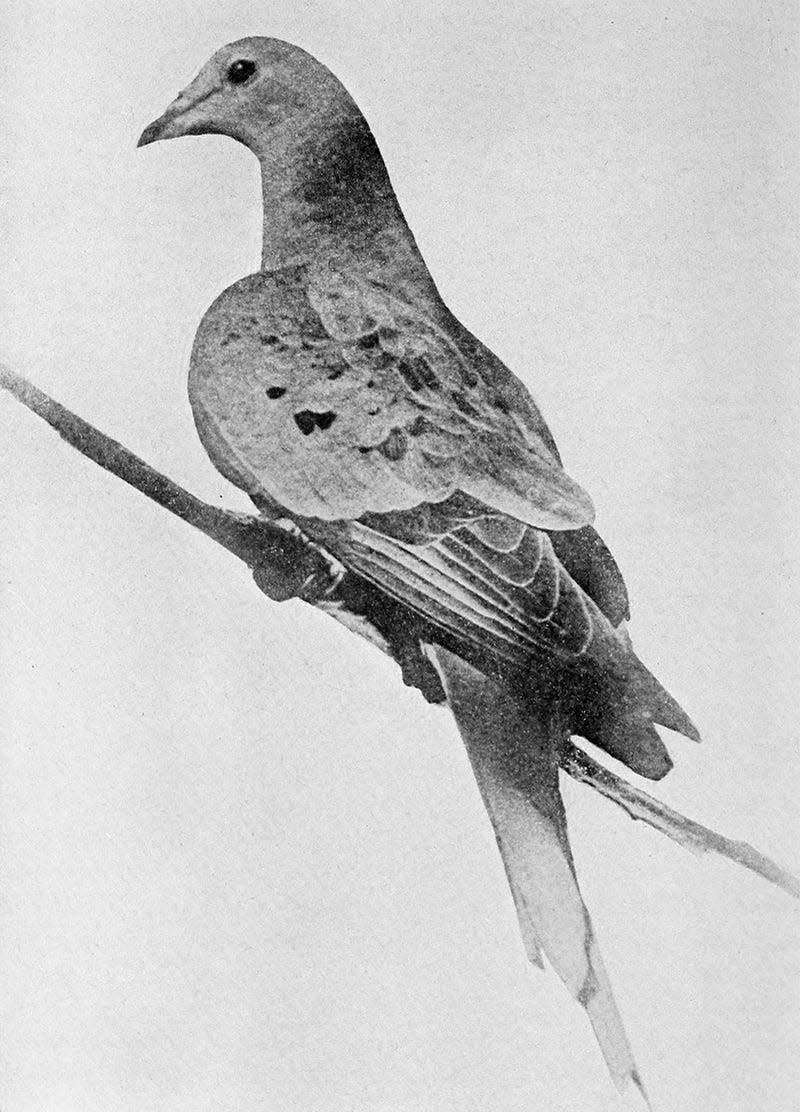
Named after Martha Washington, this passenger pigeon died in the Cincinnati Zoo in 1914. Passenger pigeons were once so numerous in the United States their flocks would famously blot out the Sun as they flew across the sky.
The animals were hunted with abandon in the 19th century, and their population could not recover.
Lonesome George (Pinta Island tortoise)
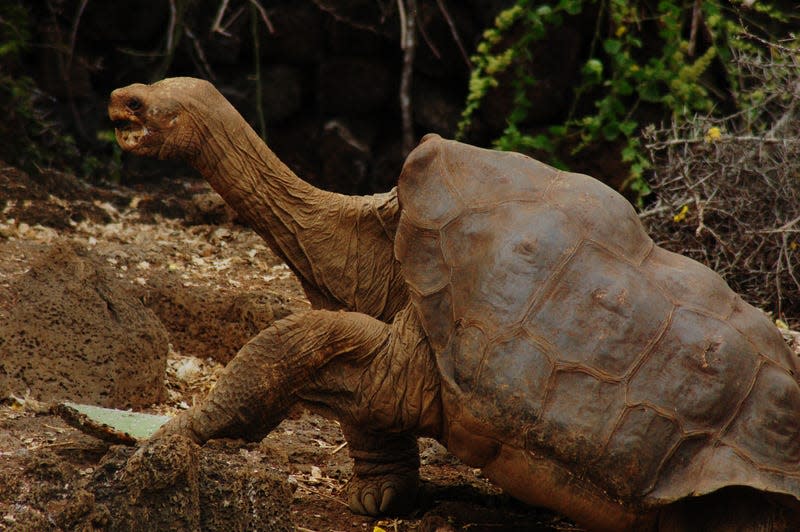
Lonesome George became famous as the last known Pinta Island tortoise, having reportly hatched around 1910 and dying in 2012. Despite searches, no other Pinta Island tortoises were found, meaning George was stuck without a proper genetic pairing.
Some breeding attempts were made with other island tortoise species, to no avail. Yet another species relegated to history.
Celia (Pyrenean ibex)
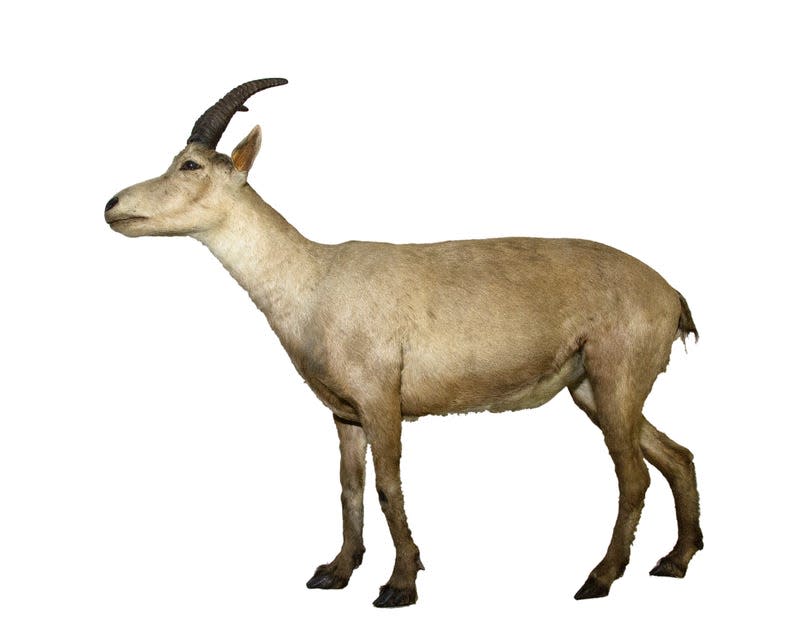
The Pyrenean ibex was a subspecies of ibex that lived across the Pyrenees; due to hunting and other pressures, by the late 20th century the animals were relegated to Ordesa National Park in Spain.
The last Pyrenean ibex, a female named Celia, was found dead in 2000, having been killed by a fallen tree. Scientists managed to clone Celia and produce a new ibex, but the animal died shortly after birth due to lung defects.
Quagga
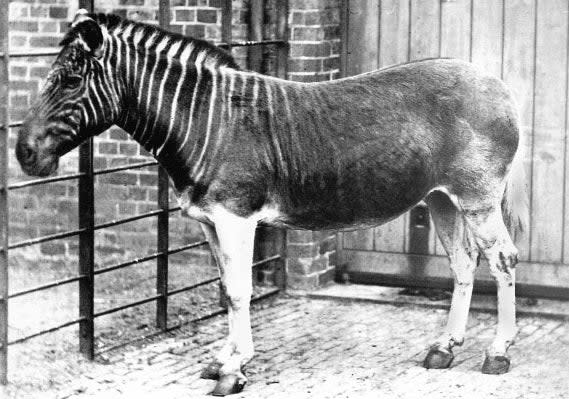
Quaggas were a subspecies of zebra endemic to South Africa. The animals were hunted for their skins and meat, and the last known wild quagga died in 1878.
Animals in zoos persisted for several more years, but the animals proved difficult to breed in captivity, and in 1883, the last known quagga—a female at an Amsterdam zoo—died.
There is currently an attempt underway to “de-extinct” the quagga through selective breeding of plains zebras. But the bonafide quagga is long gone.
Booming Ben (heath hen)
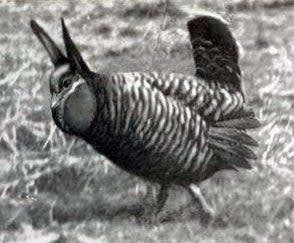
Heath hens were a subspecies of prairie chickens that went extinct in the 1930s. The animals were relegated to Martha’s Vineyard by 1870, according to JSTOR Daily, and after several decades of inbreeding, disease, and habitat loss, only one bird was identified: Booming Ben.
The male heath hen had no one to court and was last seen in 1932.
The Loneliest Palm (palm tree)

Yes, flora go extinct, too. This palm tree (the species is Hyophorbe amaricaulis) is the last of its kind and resides in the Curepipe Botanic Gardens in Mauritius. The species is endemic to the remote island (famous for once being the home of the dodo); now, this particular palm may be the next living thing from Mauritius to disappear.
More from Gizmodo
Sign up for Gizmodo's Newsletter. For the latest news, Facebook, Twitter and Instagram.

